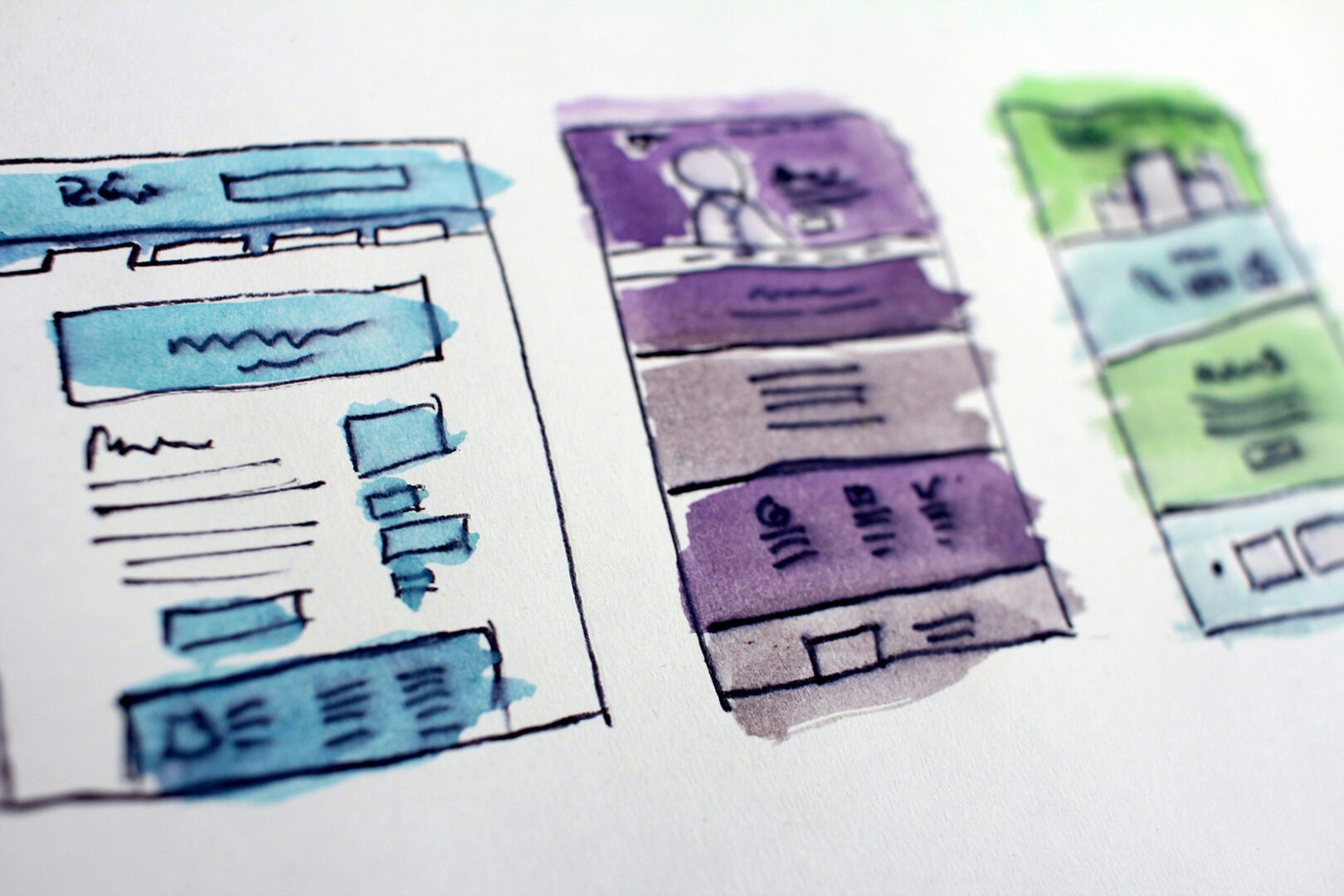
Integrating AI with human creativity
There’s a growing fascination with the capabilities of Large Language Models (LLMs) for creative applications. While AI offers “creative solutions” out the box, in reality LLMs function by predicting the likelihood of word sequences based on a vast repository of data. In practical terms, they lack real understanding, creativity, and insight, and are essentially just algorithms estimating the next word in a sequence.
In parallel, creative agencies also need to adapt to changing technological trends and solve problems faster, and more consistently. The rapid evolution of the ecosystems surrounding AI and LLMs can be technically challenging, and simple AI skills like prompt engineering are very likely to become outdated in the near future, and replaced with more complex multi-agent systems. In addition LLMs are inconsistent, the frameworks underdeveloped and the development processes are cumbersome, with numerous challenges remain unresolved.
However, the journey for adopting the power of LLMs in creative contexts is relatively simple.
Use LLMs as supportive tools rather than replacements. Combine human creativity with machine efficiency to generate ideas, streamline processes, and enhance productivity without compromising on originality.
Create hybrid systems where LLMs handle routine tasks while human talent focuses on strategic, creative, and emotive aspects. This balance can ensure more sophisticated and nuanced outcomes.
Utilise the AI’s ability to generate random combinations to foster lateral thinking. For example, combine two random words like “printer” and “flower” to inspire a product like a printer that emits a perfumed scent once it runs out of toner. Randomness can inject fresh, unconventional ideas into your brainstorming sessions.
Equip your team with the skills to use LLMs effectively. Training in prompt engineering, creative problem-solving, and adaptive methodologies can empower them to leverage these tools better.
Use an iterative approach to refine the integration of LLMs. Start with small, manageable projects to test and adapt the models, learning from each iteration to improve and scale up.
Encourage collaboration between technologists and creative professionals. This can lead to innovative ideas and solutions that neither group might arrive at independently.
Customise LLMs to fit specific needs of your agency. Tailored training data and bespoke models can make these tools more relevant and effective for particular projects or clients.
Keep abreast of the latest developments in AI and LLMs. Being informed about new tools, frameworks, and best practices can help your studio stay competitive and innovative.
By acknowledging the limitations of LLMs and strategically integrating them with human creativity—alongside leveraging the power of randomness—agencies and design studios can not only enhance their creative output but also remain at the forefront of innovation in a fast-evolving landscape.

Leave a Reply